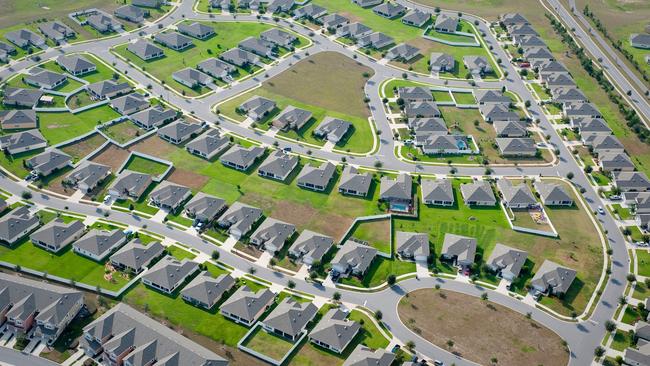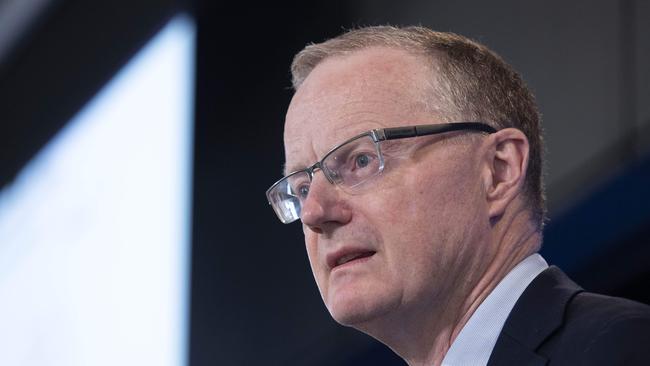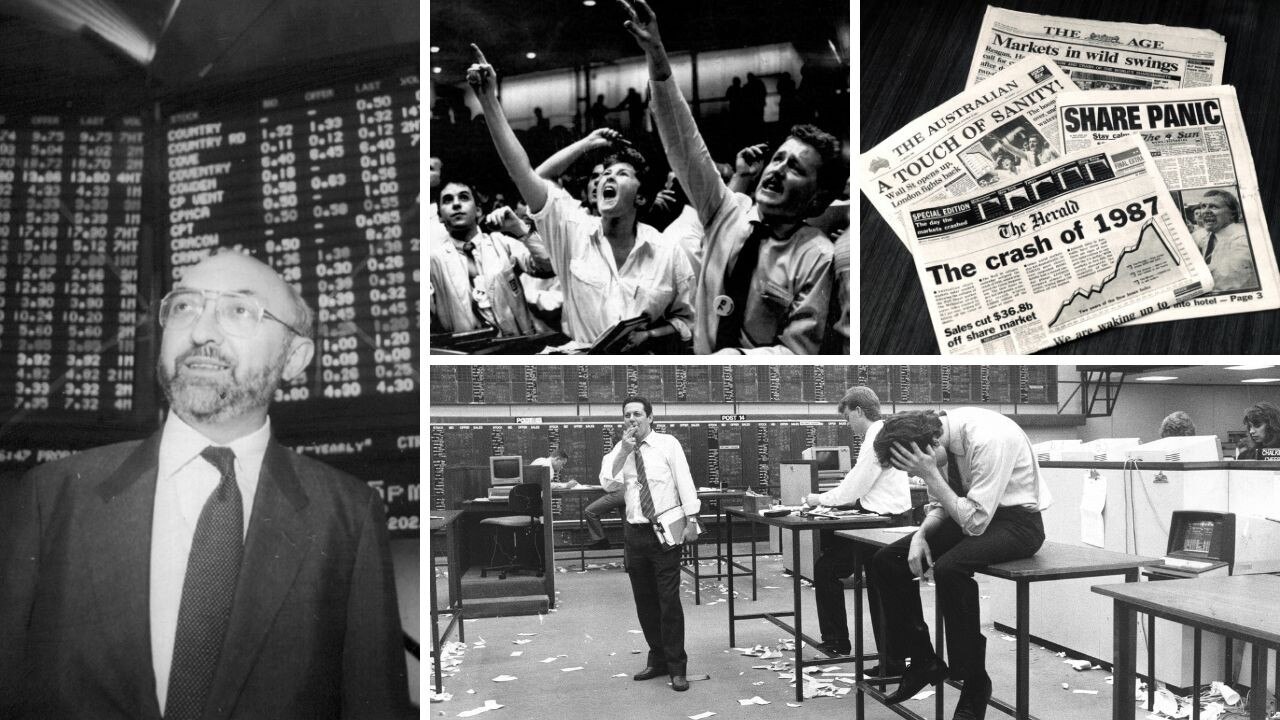House prices: No-one’s in charge, is it time to worry?
Is the property market anybody’s responsibility or has the issue simply fallen between the regulatory slats?

Terry McCrann
Don't miss out on the headlines from Terry McCrann. Followed categories will be added to My News.
The Reserve Bank says rocketing house prices aren’t its problem. The other financial regulator APRA has said the same thing.
So is it anybody’s responsibility? Has the issue fallen between the regulatory slats? And how come APRA did seem to target house prices back in 2017?
Should it be someone’s responsibility? Should someone be doing something about affordability? About household debt?
The RBA’s central obligation – mandated explicitly by formal agreement between governor and treasurer – is to keep goods and services inflation in the 2-3 per cent range.
Broadly, simply, if inflation breaks above, it raises interest rates; if it breaks below, it cuts them.
If it explicitly sought to target house prices as well, it could end up – and right now, would be – facing an impossible conflict.
It would need to be raising rates to cool the property market and at the same time, if not cutting them, at least keeping them effectively at zero to try to boost sub-2 per cent inflation.
Of course, it is exactly those all-but zero official rates, delivering virtually free money for homebuyers – mortgage rates around 2 per cent for owner-occupiers – that’s fuelling the property market.
For the RBA to deny that would stretch credibility; and indeed governor Philip Lowe has conceded exactly that “contributing factor” recently.
APRA says its job is to monitor and maintain the stability of the financial system. It had no mandate to target house prices or affordability.

Indeed, both APRA and the RBA have that key responsibility, both separately and together.
Essentially, they are both saying, all’s good with the financial system; at least right now.
APRA boss Wayne Byres said midweek: “we are watching risk-taking by the banking sector closely, along with our colleagues on the Council of Financial Regulators (the RBA).”
So what did APRA do in 2017 and why? Was the financial system under threat back then?
The short, empathetic answer to the second question is ‘no’. The financial system was not under threat.
The proof of that is in what’s happened since. Not only has there been no mass property loan defaults; but the banks came through these last few years being able to comfortably pay out billions in remediation to customers and fines out of the Banking Royal Commission and other matters.
It’s hard to deny that back in 2017 APRA did seek to cool the property market, by limiting bank loans to investors.
And it worked; so much so that in 2019 Byres was denying to the same pollies in Canberra that APRA was responsible for falling property prices, that he is now telling it’s not APRA’s job to cool them.
Methinks there’s a combination of being a tad burnt by the experience of 2017-19 and, appropriately, absorbing the lessons in giving us a 2021 APRA that is “alert but not (yet?) alarmed” by property prices.
A big part of that attitude would be based on the promise from RBA governor Lowe not to raise its official rate for at least three years.
That does not absolutely guarantee that mortgage rates – both variable and fixed (out to three years) – also won’t go up; it does mean they won’t go up by much, in a worst case development.
Broadly two things would have to happen for APRA (and the RBA) to worry about the financial system: for the economy to plunge or rates to rocket.
The RBA is promising that the second won’t happen, and will keep doing its darndest to (try to) stop the first; or at least, hopefully, quickly offset it, like last year.
So it will be hands off the property market and self-reinforcing, unless and until ordinary inflation starts to rise.
These higher prices will remain “affordable”, debts of new buyers will rocket; but the cost of servicing – repayments – will remain relatively low.

Indeed, it’s not well appreciated the super-leverage that a 2 per cent loan rate delivers; in a way fundamentally different to previous periods of ‘low’ rates.
When mortgage rates were 6 per cent and annual repayments ran at around $7000 per $100k of loan – around $35k for a $500k loan – that built in robust affordability upfront.
The stress test of a higher rate was relatively marginal on a solid foundation.
With effectively free money 2 per cent rates, this goes crazy.
The annual loan repayments on that $500k loan can be as low as $11k to $12k. On a $1m loan still only $22-24k.
Adding, say, a 2 per cent repayment stress test still leaves very big loans very affordable, especially in two-income higher-income buyer categories.
It leaves the LVR (loan valuation ratio) as the real pivot for both affordability – and any action by APRA. But such action would only impact future loans.
So the message the regulators are sending is borrow and buy now; and maybe lock the rate in for three years.
Originally published as House prices: No-one’s in charge, is it time to worry?



